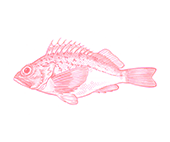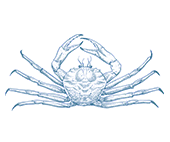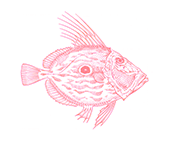




- Eat Less
Wild Caught
Region:
NSW
- The majority of Australian sardines are caught in the SA-managed fishery, with a high proportion for human consumption caught off the west coast of WA.
- Catches of Australian sardines in SA, NSW, WA and VIC are set at appropriate levels and there are no concerns over the amount of fishing taking place.
- The methods used to catch Australian sardines may have a low impact on threatened species but there is concern over the adequacy of reporting and no independent observer coverage. It is not possible to be confident that threatened or protected species populations are not being harmed.
- Fishing for Australian sardines does not significantly impact seafloor habitats.
- Marine parks provide a degree of protection in some areas of the fishery for threatened and endangered species.




Sardines are a quick and easy meal, high in beneficial Omega-3’s as well as being affordable and delicious. They are increasingly available as boneless ‘butterflied sardines’ with only the tail attached. These can be quickly barbequed or placed under a grill or in a hot oven. They will take less than 5 minutes to cook, making them a great quick meal. Butterflied sardines are also delicious crumbed and fried. Try some parsley and lemon zest in with the breadcrumbs. Whole sardines can be barbecued or roast, requiring only 3-4 minutes per side at high heat to cook through. Squeeze lots of lemon over them and top with fresh herbs to serve.
- NSW Ocean Haul Fishery (495t in 2019/20)
The Australian sardine is a small, very fast-growing fish. It is an important prey species for a range of predators, such as Australian fur seals and species of tuna. There are a number of fisheries targeting Australian sardines around the country, with the largest fishery operating off SA. The sardines from this fishery are mainly used to feed southern bluefin tuna farmed off the SA coast, or used for feed in other fish farming operations, with a small amount available for human consumption.
The Australian Sardine population in NSW is healthy and fishing does not pose a sustainability concern for the species.
Sardines are caught using purse seine nets in the NSW fishery, which is a relatively targeted fishing method with little finfish bycatch. This fishing method is known generally to pose a risk to dolphins, seals and seabirds, but NSW fishery managers have not invested in independent scrutiny of the fishery so it is not possible to be confident that this fishery does not impact those species’ populations.
The fishing methods used do not impact vulnerable seafloor habitats.


